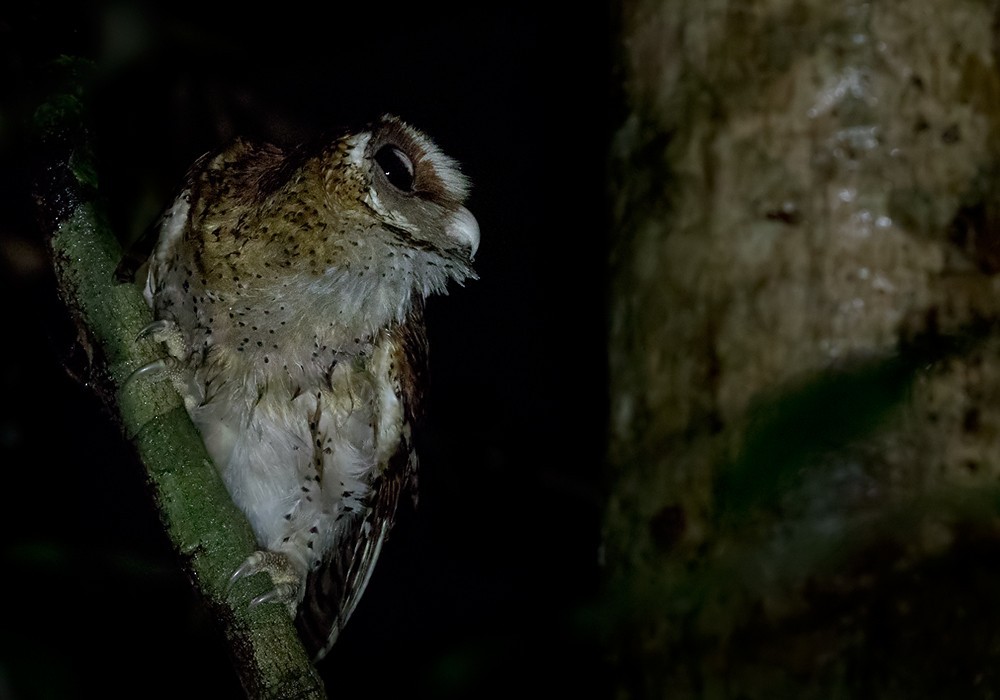Oriental Bay Owl
A species of Bay owls Scientific name : Phodilus badius Genus : Bay owls
Oriental Bay Owl, A species of Bay owls
Botanical name: Phodilus badius
Genus: Bay owls
Content
Description General Info
 Photo By Lars Petersson
Photo By Lars Petersson Description
The oriental bay owl (Phodilus badius) is a type of bay owl, usually classified with barn owls. It is completely nocturnal, and can be found throughout Southeast Asia and parts of India. It has several subspecies. It has a heart-shaped face with earlike extensions. The Congo bay owl (Phodilus prigoginei) was formerly classified as a subspecies of Oriental bay owl due to insufficient knowledge, but it has turned out that it might not even belong to the same genus. The Sri Lanka bay owl was also considered a subspecies. A population of this species has apparently become extinct on Samar Island in the Philippines during the 20th century. It was described as Phodilus badius riverae and was only ever known from a single specimen, which was lost in a bombing raid in 1945. The validity of this taxon is uncertain; it is usually synonymized with the nominate subspecies (for reasons of biogeography) or the subspecies saturatus (from external appearance); it might be a distinct species, however. 
Size
33 cm
Nest Placement
Cavity
Feeding Habits
Oriental Bay Owl primarily consumes rodents, bats, small birds, snakes, frogs, lizards, and large arthropods. They hunt from perches, adeptly navigating through trees, with wing adaptations suited for moist environments. They also feed their young a variety of similar prey.
Habitat
Oriental Bay Owl typically inhabits tropical moist forests of southeastern Asia, within broader regions of subtropical or tropical montane environments. These birds favor evergreen and mixed deciduous forests, including the landward edges of mangroves and areas with dense foliage adjacent to cultivated land. Oriental Bay Owl settles at elevations ranging from 200 to 2300 meters above sea level, with a preference for lower elevations up to 1800 meters, although this can vary based on regional topography. Daytime roosts are usually found in hollow trees or heavy cover near the ground, within these forest habitats.
Dite type
Carnivorous
General Info
Feeding Habits
Bird food type
Distribution Area
The Oriental Bay Owl is typically found and distributed throughout Nepal, Sikkim, Assam, Nagaland, Manipur, Burma and Thailand, east to south China, and south through the Malay Peninsula to the Greater Sundas. They are most comfortable living in woodland, plantations and mangrove swamps at altitudes of up to 7,220 feet (2200 meters)., leading to them being scattered around India, Thailand, Singapore, the Philippines and other parts of Southeast Asia. 